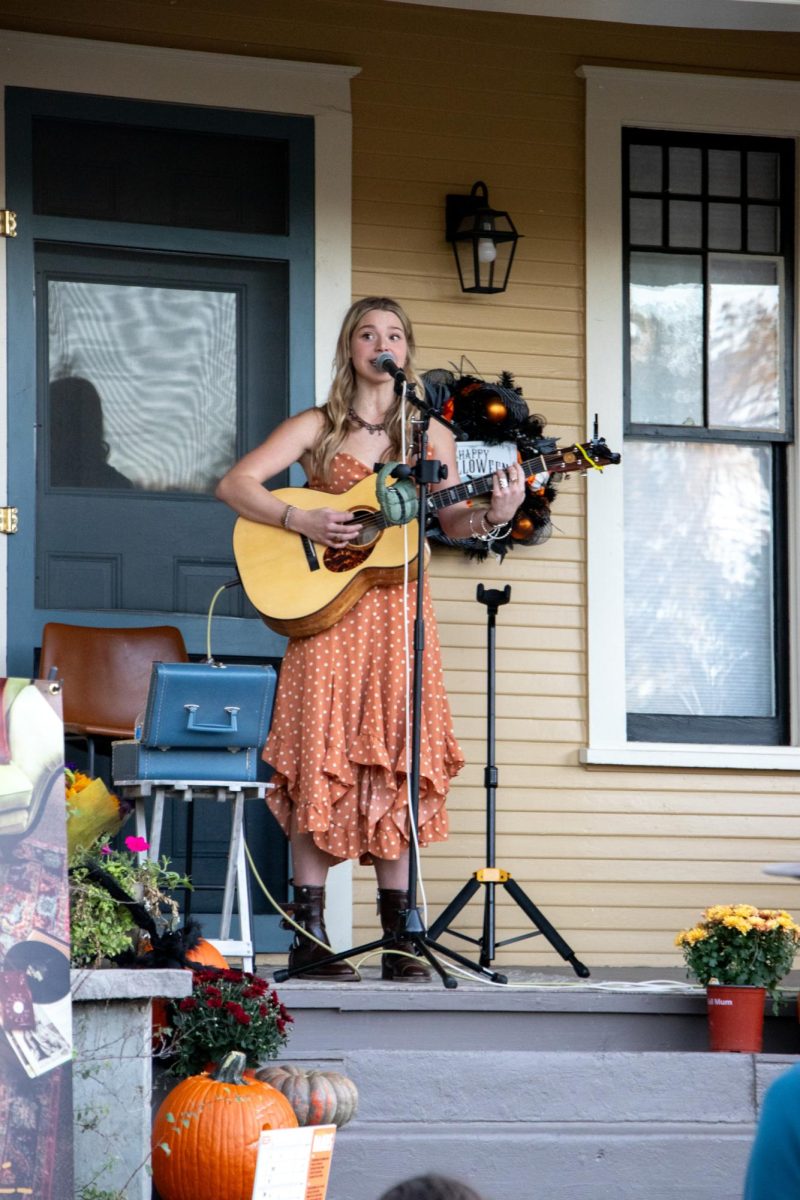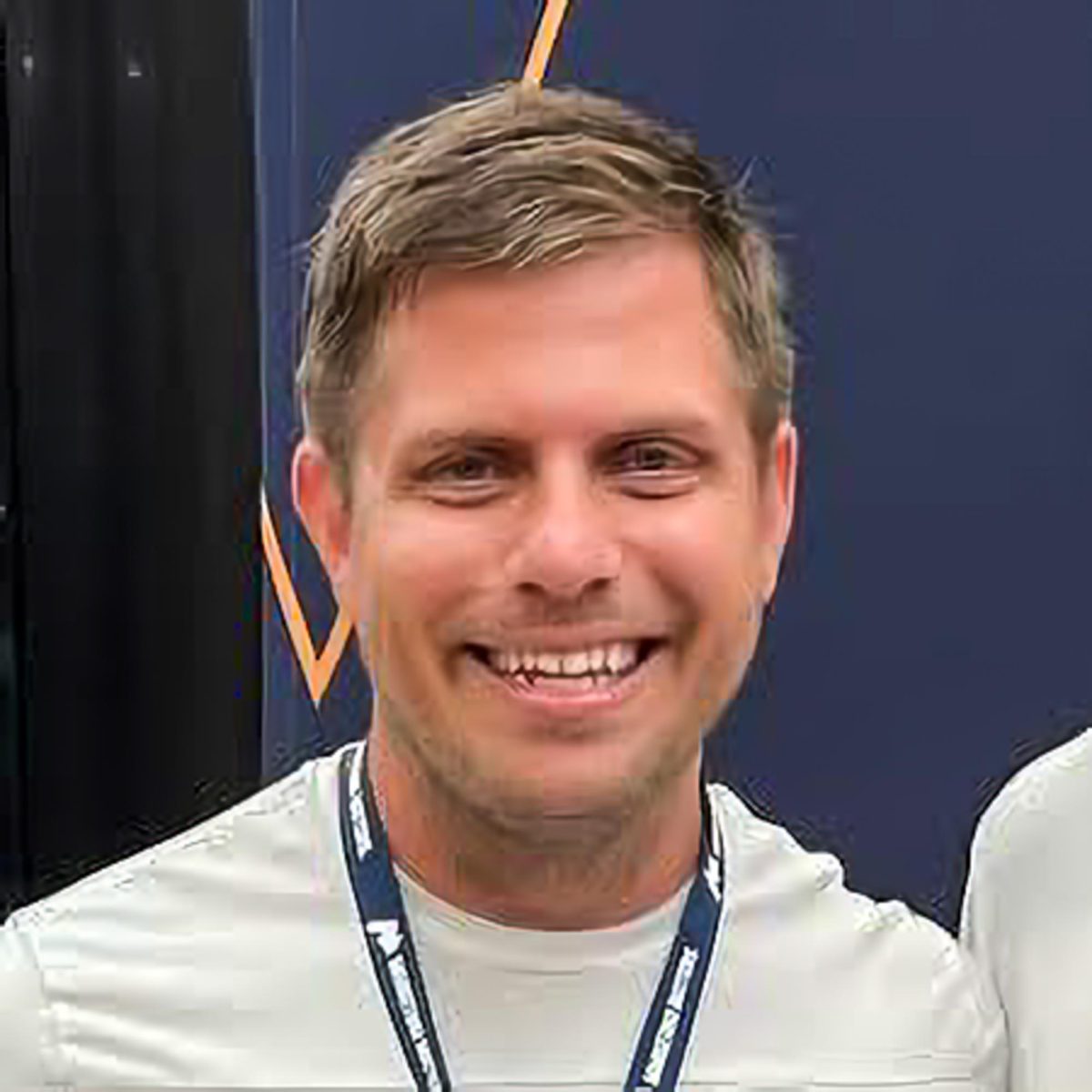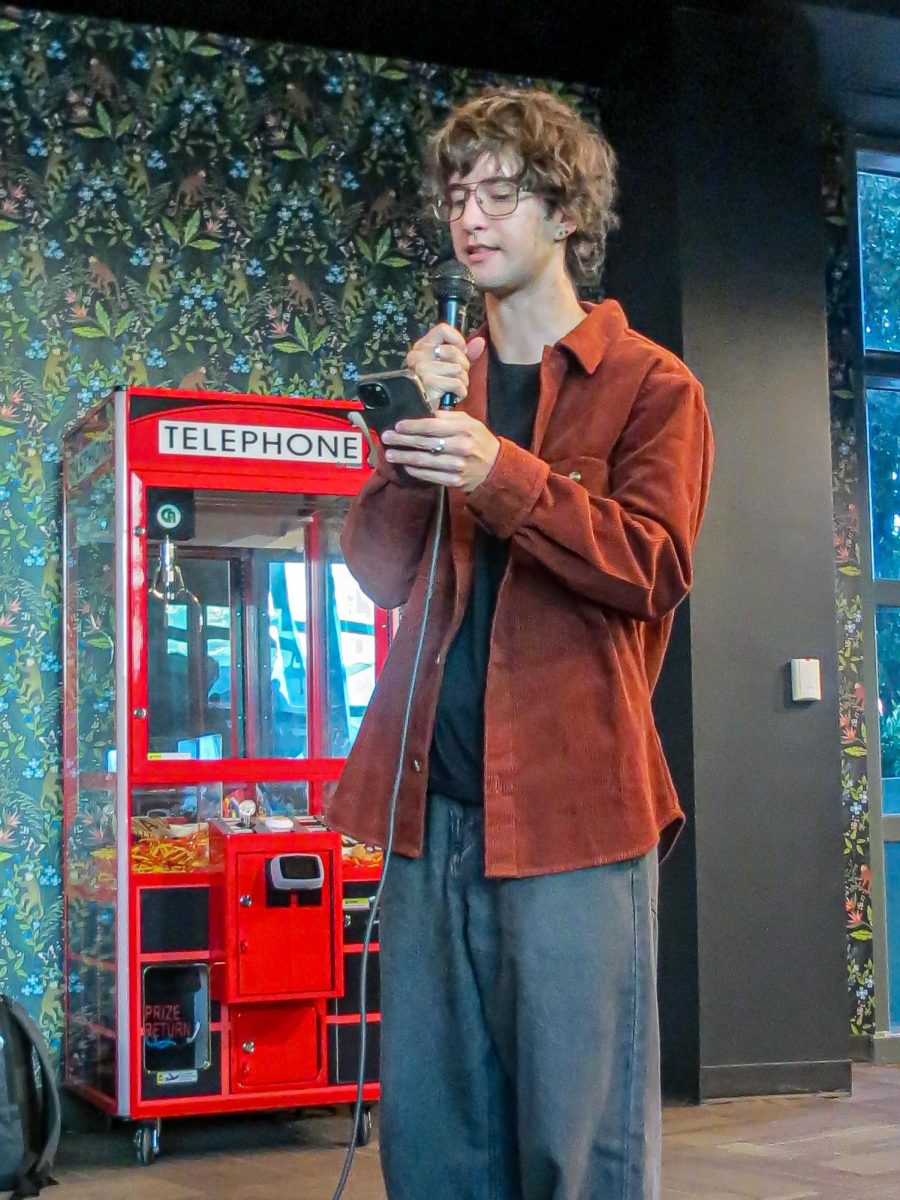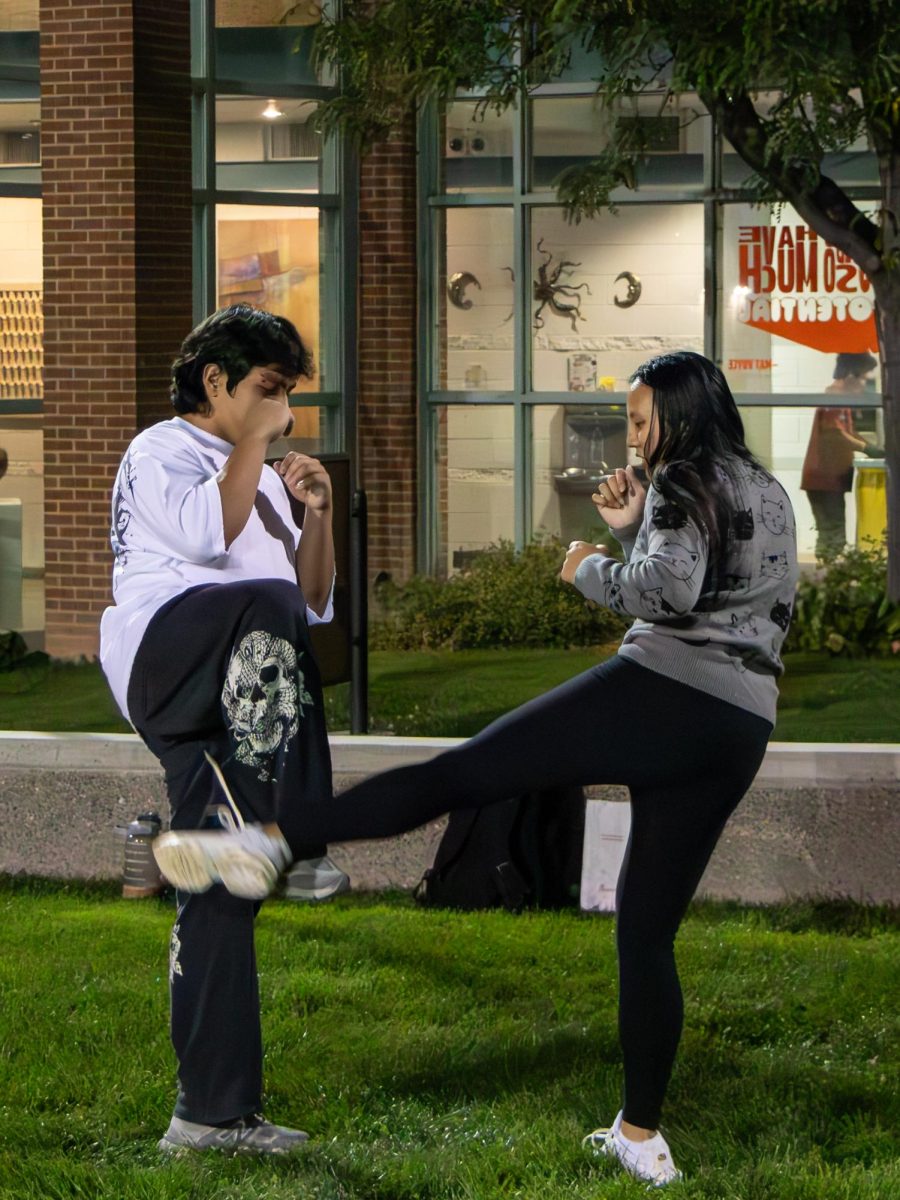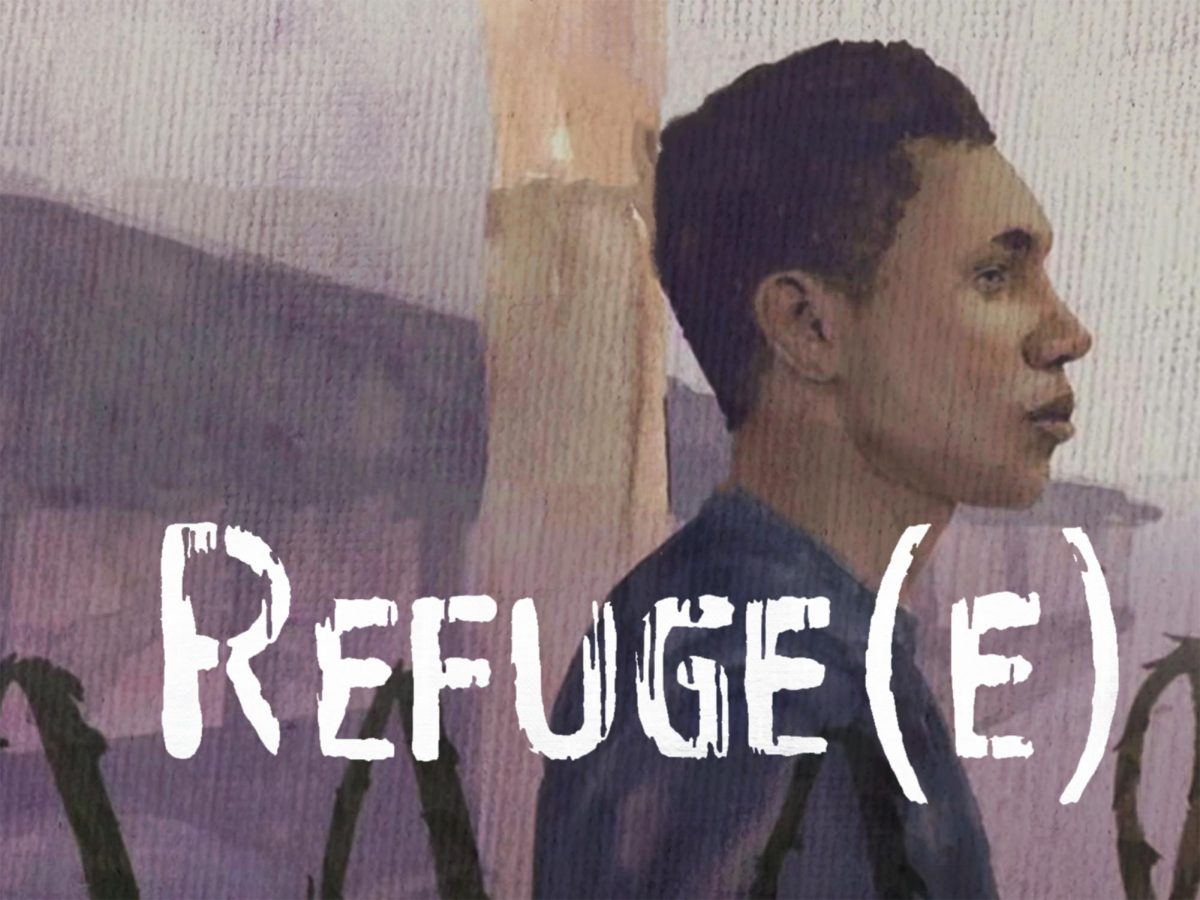The #saveourchildren movement has been the center of controversy in the news as of late. The movement’s goal was to raise awareness about the sex trafficking of children. However, it has triggered widespread confusion and misuse of the hashtag.
Western Slope Against Trafficking (WSAT) is one of the organizations both working to fight human trafficking and dispel any confusion surrounding it.
I got the opportunity to talk to Angela Clark, a survivor of sex trafficking who works for WSAT, about what human trafficking looks like. She shared her opinions on the #saveourchildren movement and what we can do as CMU students to fight against human trafficking.
Q: Who is at risk for human trafficking?
A: Anybody [who has] a vulnerability. And if we think about that., a lot of people have vulnerability. We oftentimes use Maslow’s hierarchy of needs in our training. A trafficker understands where to find people that are homeless, and they know to offer housing, or at least a warm place. They might use the word ‘safe’ but that’s up for debate at the end of the night. They know if there’s a person that is lacking in love and belonging; Another vulnerability would be that. So, sometimes traffickers are called the Romeo traffickers. They pose as a boyfriend or a girlfriend coming in.

Photo courtesy of Angela Clark
Q: What are the different types of human trafficking?
A: Well, they all fall under either labor trafficking or sex trafficking. So, the Polaris project has a typology report, and there’s 25 different industries that trafficking has been identified in. They’re the top leading industries like hospitality, hotels, motels, restaurants, landscaping and agriculture.
Q: Does the emotional mental toll vary from labor to sex trafficking?
A: It’s a violation no matter what type of injuries happen. It’s a violation of our human rights and our dignity at the end of the day. The bigger spectrum to me is the length and the severity of what you endured. Not even if it was just a day that they were trafficked, [a victim] is still eligible for a complex PTSD label. So, there’s probably not a clear-cut answer to that. I wouldn’t try to compare them.
Q: What can we do to fight against human trafficking as students?
A: First of all, become educated about it. We have a great understanding of what trafficking is and is not. Secondly, when you see something that’s suspicious, speak up. Too often we don’t want to get involved. We don’t want to be the one to make the phone call. Third, be willing to step up for domestic violence, physical abuse of children of young adults.
Further trainings and videos on human trafficking are offered by WSAT on their Facebook page for those who wish to become more educated about the topic.
Clark’s opinion on the #saveourchildren movement is easily found on her website (angelaraeclark.com).
“Not a single child will be saved by a hashtag. When that’s all we focus on, we miss what’s happening in our own family, neighborhood, church, school and local community. Children need to be seen, heard, validated and loved. When we do this, we level the playing field for all children to avoid being trafficked. When we do this, we notice the kids that have bruises, injuries, and need us to stand up for them. When too many people are talking at once, listen to the voices of lived experience,” Clark said on her blog.
Human trafficking is not only a problem on the Western Slope but also worldwide. This makes human trafficking seem like a daunting problem to fight. The most effective way to create change is to start at home, to start in Grand Junction.




